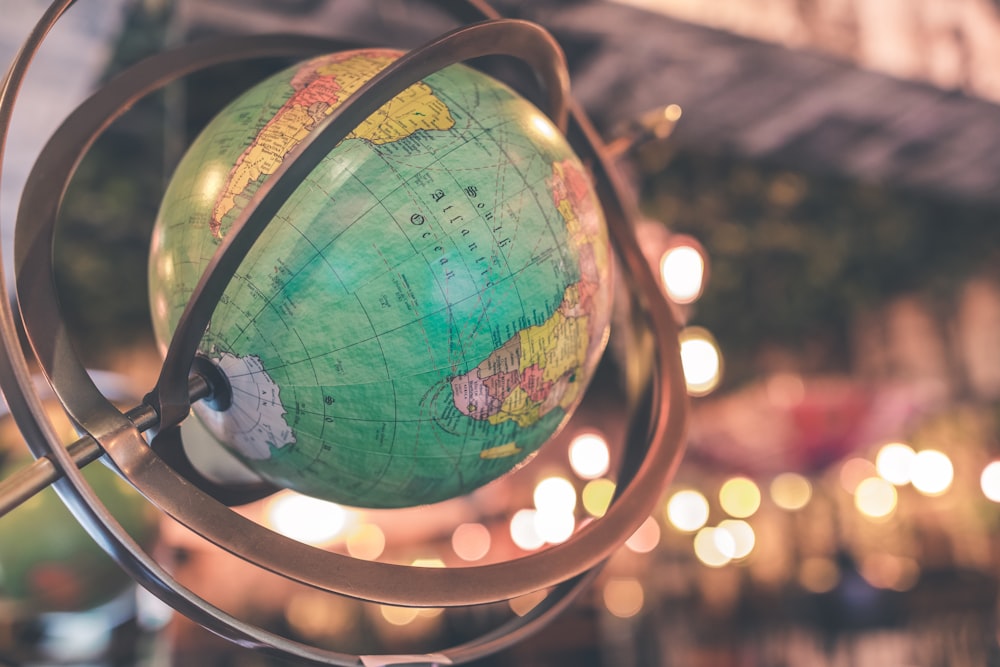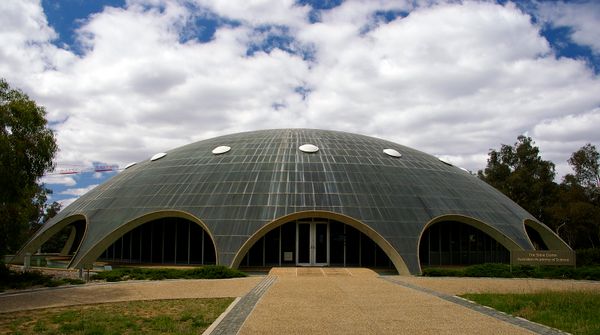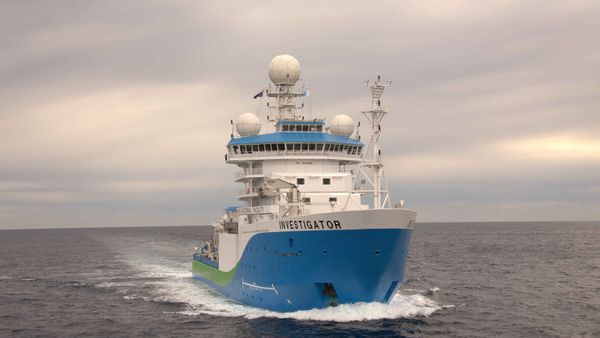Motivations 2: Children of the revolution
In acknowledging our remarkable success we may now need a different metaphor to encourage and inspire future generations of geoscientists. I suggest an appropriate metaphor relates to how we put our understanding of planetary dynamics to the benefit of all people and particularly to the issue of sustainability.
Scientists carry the purpose and enthusiasms that infused their training. That environment provided not only the questions, techniques and methods, but also the reason for their enterprise. Many of today’s geoscientists were trained in the heady times of the extraordinary scientific revolution of plate tectonics. The plate tectonic revolution has completely reshaped our view of our planet. The tectonics of mid last century now seems almost as foreign to today’s geologists as the Ptolmeic conception of the heavens does to the modern astronomer. As children of the revolution there has been little need for the present generation of geologists to justify their work - that there was a completely new world order to elaborate was sufficient enough.
In the 50 years since the first great papers of plate tectonics were penned, geoscience has achieved a remarkable synthesis. While there is certainly more to do, much of the current effort is focussed on filling in the details. The grand conception is well enshrined. We know how the earth works, at least at the large scale, and are justly proud of our achievement. There are many remarkable testimonies to this success. One of the most compelling is the declining discovery rates of large mineral and energy resources. Arguably, armed with the intellectual scaffolding of plate tectonics we have done such a good job in finding them, there are fewer and fewer to be found.
If this is correct, then what now is the greater purpose for the geoscientist. What more do we have to offer? What is the appropriate metaphor to encourage young minds to the discipline?
Below I outline what I see as a new emerging metaphor that focuses attention at a level of detail we have yet to grasp within the framework of plate tectonics.
Firstly, we must not lose sight of the role of geoscientists as custodians of one of the most important of all histories - the history of our planet. Human demands on basic earth resources (energy, water, metals, air) and human impacts on the functioning of the global system (ecosystems, climates, oceans) are unprecedented. We are acutely aware that our current activities are compromising the prospects of future generations, more than at any previous time in human history. As the key moral issue of our time sustainability asks that we directly address questions such as
How should we partition Earth's resources between the rich and the poor, between the present and the future and between the needs of human society and those of the environment?
Moral traditions have always been informed by creation myths and the creation myths relevant to sustainability are the grand stories of our planet - stories such as the Snowball Earth, the Ediacaran explosion, the end of the dinosaurs, the Ice Ages, etc. Geoscientists have the special responsibility to tell these stories in a way that empowers all people to address the key issues of sustainability. We live on a planet of extraordinary beauty, on a continent of unparalleled geological diversity. Its intricate landforms, minerals, oceans, climates and ecosystems provide the threads connecting 4,500,000,000 years of planetary evolution. The story of our planet is a profoundly empowering story and has the potential to root all people to the well-being of the planet. Geoscientists provide a special perspective on this deeply spiritual story, and a special responsibility to tell it.
But there needs to be more. To address the issues at the heart of sustainability we need to know our resource inventories, and the capacity of the earth to continue to provide the services that underpin the wealth and health prospects of our societies. To make the choices that go to the heart of sustainability, we need a scientific capability that we are yet to achieve. Geoscientists have an urgent responsibility to use their profound understanding of the functioning of the whole planet to define the distribution of resources and services provided by the earth, on which we have become, and will increasingly be, so dependent.
To achieve this we need a new and deeper understanding of the physical and chemical state of the accessible crust. Plate tectonics focussed our attention on how the crust came to be. In the construct of plate tectonics, the distribution of temperature, stress, porosity, permeability, failure state etc. are only defined in most general terms. There is an urgent need for geoscientists to turn their attention from the grand scale, to the small scale. To understand not only that earthquake rupture will occur along tectonic plate boundaries, but why it occurs in the way it does, so we can deliver better predictions to mitigate the devastating consequences of such rupture. To understand just how much CO2 we can securely sequester into the crust, or ground water we can sustainably harvest, or geothermal energy we can utilize, or the new commodities we can extract to generate clean power into the future. To understand how the crust will service our needs into the future we need to understand the physical and chemcial attributes of the crust in much greater level than we currently do. In this context a useful metaphor is provided by a new view of our crust as the provider of many crucial services that underpin the health and wealth of our societies, services that we risk jeopardizing at our peril.
[1] This is adapted from a set of pieces written in 2009, exploring ideas that might help motivate the next generation of geoscientists.



